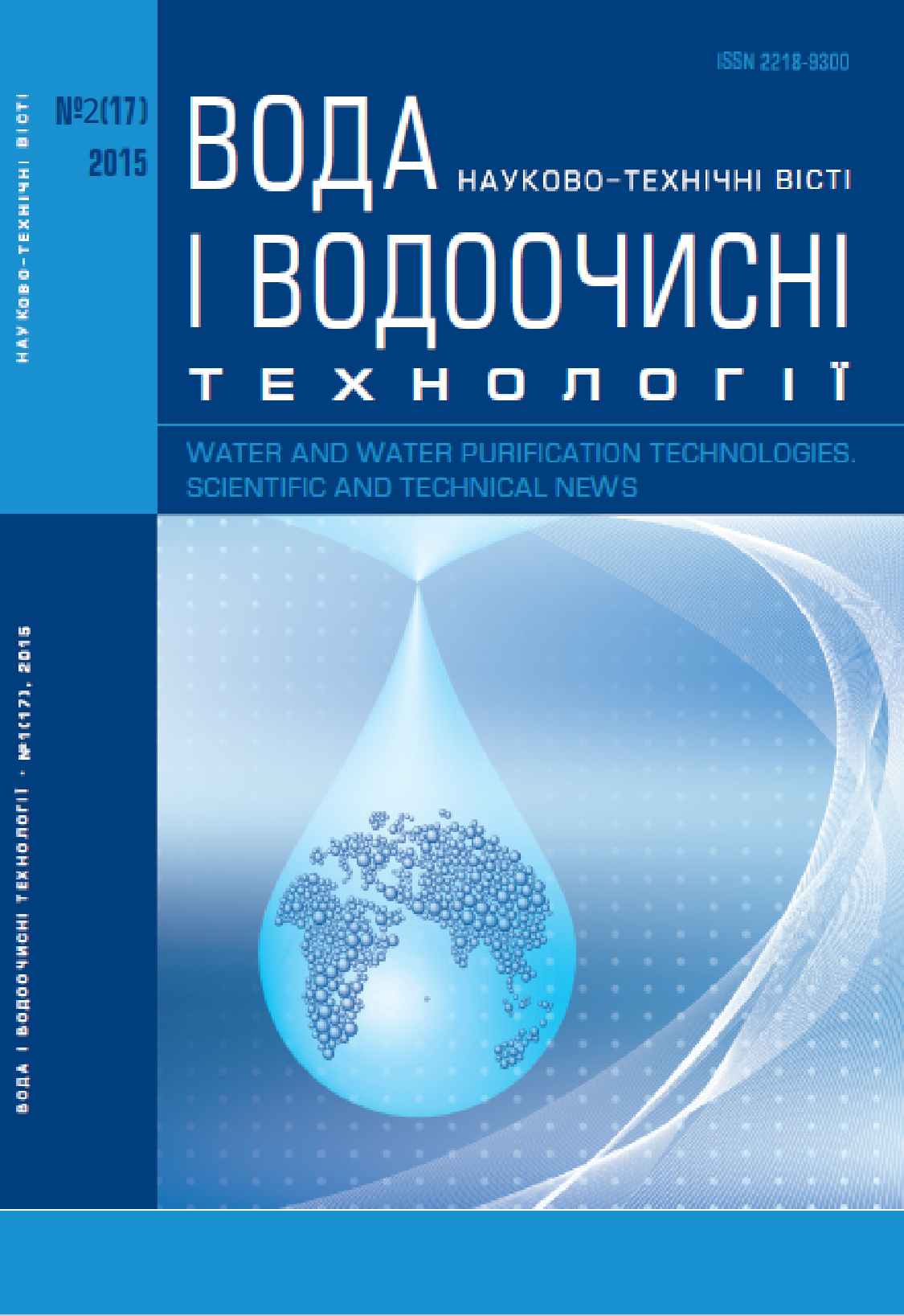Identification of mocroorganism drinking tap water resistant sodium hypochlorite
DOI:
https://doi.org/10.20535/2218-93001722015135658Keywords:
bacterial biofilm, resistance, sodium hypochlorite, Bacillus nanhaiensis, Brevibacterium frigoritolerans, Lysinibacillus fusiformisAbstract
The morphological and cultural characteristics of the three dominant bacterial cultures isolated from drinking tap water and water samples at different stages of post-treatment on the installation of water treatment companies of special drinks were studied. From the sequence of the 16S rRNA gene identified the following types of bacteria: Bacillus nanhaiensis, Brevibacterium frigoritolerans and Lysinibacillus fusiformis. It was found that the most resistant to chlorine appeared Lysinibacillus fusiformis. Its resistance to sodium hypochlorite (NaClO) at concentrations of 1.4; 3; 5; and 7 mg / l varies from 1 - 98%, while the duration of exposure of from 5 to 60 minutes, while the remaining two isolates Brevibacterium and Bacillus nanhaiensis frigoritolerans demonstrated lower survival in the presence of NaClO (0 - 16%). A parallel between the morphological type selected bacterial isolates, their ability to form a pellicle at the interface liquid / air and resistant to chlorine is drawn. This resistance to a sufficiently high concentration of sodium hypochlorite may develop as a result of natural selection through random mutation and / or due to the effect of the disinfectant, which can induce the occurrence of acquired resistance.Downloads
Published
How to Cite
Issue
Section
License
Copyright (c) 2020 И. Ю. Рой, Н. А. Клименко, Г. М. Здоровенко, В. В. Гончарук

This work is licensed under a Creative Commons Attribution-NonCommercial 4.0 International License.
The ownership of copyright remains with the Authors.
Authors may use their own material in other publications provided that the Journal is acknowledged as the original place of publication and National Technical University of Ukraine “Igor Sikorsky Kyiv Polytechnic Institute” as the Publisher.
Authors are reminded that it is their responsibility to comply with copyright laws. It is essential to ensure that no part of the text or illustrations have appeared or are due to appear in other publications, without prior permission from the copyright holder.
WPT articles are published under Creative Commons licence:
- Authors retain copyright and grant the journal right of first publication with the work simultaneously licensed under CC BY-NC 4.0 that allows others to share the work with an acknowledgement of the work's authorship and initial publication in this journal. The use of the material for commercial purposes is not permitted.
- Authors are able to enter into separate, additional contractual arrangements for the non-exclusive distribution of the journal's published version of the work (e.g., post it to an institutional repository or publish it in a book), with an acknowledgement of its initial publication in this journal.
- Authors are permitted and encouraged to post their work online (e.g., in institutional repositories or on their website) prior to and during the submission process, as it can lead to productive exchanges, as well as earlier and greater citation of published work.

